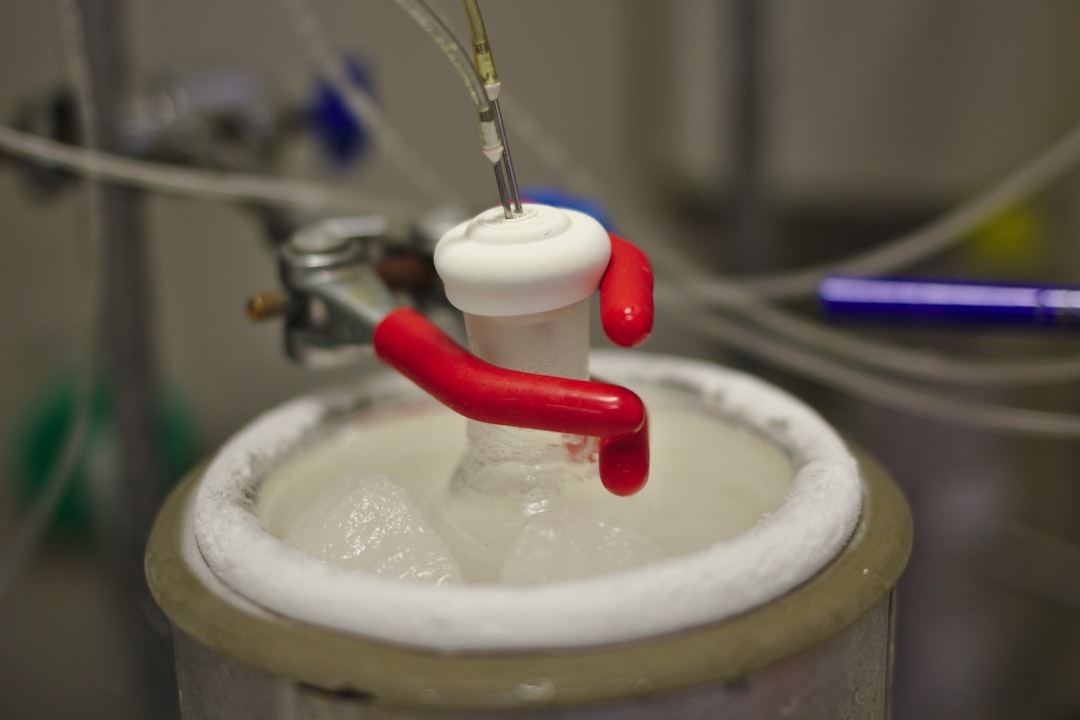What is it about?
We report a comprehensive quantitative study of the production of refined bio-crudes via a controlled hydrothermal liquefaction (HTL) process using Ulva fasciata macroalgae (UFMA) as biomass and ultrananocrystalline Fe3O4 (UNCFO) as catalyst. We show that the bio-crude yield and carbon/oxygen ratios increase as the amount of UNCFO increases, reaching a peak value of 32% at 1.25 wt% (a 9% increase when compared to the catalyst-free yield). Their relative abundance changes as a function of catalyst concentration. The as- produced bio-crudes are free of iron species, which accumulate in the generated bio-chars. The energy recovery values are sensitive to the catalyst loading, with a threshold loading of 1.25 wt%. The UNCFO not only influences the chemical nature of the resulting bio-crudes and bio-chars, but also the amount of fixed carbons in the solid residues. This study brings forth new avenues to advance the highly-pure bio-crude production employing active, heterogeneous catalyst materials that are recoverable and recyclable for continuous thermochemi- cal reactions.
Featured Image
Read the Original
This page is a summary of: Catalytic effect of ultrananocrystalline Fe3O4on algal bio-crude productionviaHTL process, Nanoscale, January 2015, Royal Society of Chemistry,
DOI: 10.1039/c5nr04404a.
You can read the full text:
Contributors
The following have contributed to this page










